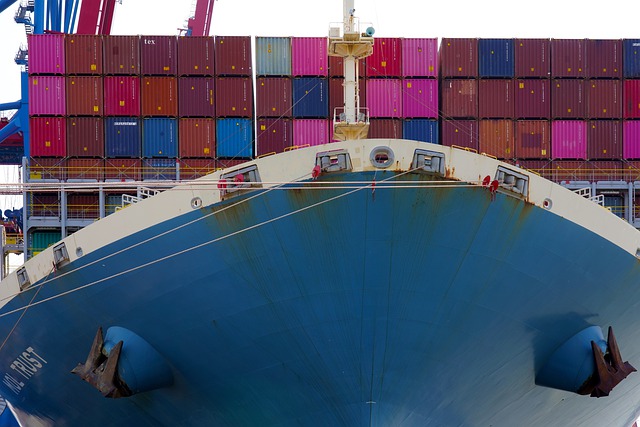Shipping Flashlights from Guangzhou/Shenzhen to Nashville, TN via Ocean Freight: FCL and LCL Options
1. Shipping Methods: FCL and LCL
Full Container Load (FCL) Shipping:
For larger shipments, Full Container Load (FCL) is the most cost-effective and efficient way to transport goods. A 20-foot (20FT) or 40-foot (40FT) container is typically used depending on the size of the shipment. For shipping flashlights, which are often packed in sturdy cartons, FCL offers more flexibility and fewer handling risks.
- 20FT Container: Ideal for smaller shipments, with a capacity of approximately 28 cubic meters.
- 40FT Container: Suitable for larger shipments, offering about 56 cubic meters of space.
The FCL shipping method means that your goods will have exclusive use of the container, ensuring greater security and reduced chances of damage during transit.
Less-than-Container Load (LCL) Shipping:
For smaller volumes that do not fill an entire container, LCL shipping is the best choice. This method consolidates multiple shipments into one container, with each shipment sharing the container space.
- LCL Shipping Duration: Typically takes around 37 days, depending on weather conditions and port handling times.
- Cost Efficiency: LCL is more cost-effective for smaller shipments, though it can involve longer transit times as the goods may need to be transferred multiple times.
LCL shipping requires careful planning and coordination to ensure the safe transport of goods.

2. Transit Time and Port Information
The sea freight from Guangzhou/Shenzhen to Nashville, TN, typically involves an ocean transit time of about 37 days. This period can vary based on shipping conditions and handling at various ports. The shipment will pass through major transshipment hubs before reaching the destination.
- Port of Departure: Guangzhou or Shenzhen ports.
- Port of Arrival: Nashville is an inland port, and the goods will be delivered via rail or road transport from a larger port (like those in New Orleans or Miami) to the final destination.
3. CIF Shipping Terms (Cost, Insurance, and Freight)
When shipping under CIF (Cost, Insurance, and Freight) terms, the seller assumes responsibility for the cost of goods, transportation, and insurance up until the goods reach the destination port in Nashville, TN. This ensures that the buyer is protected in case of any damage or loss during transit.
4. Cargo Packaging for Flashlights
Proper packaging is essential to ensure that the flashlights arrive at their destination safely and without damage. Here’s how to effectively package flashlights for ocean freight:
a. Primary Packaging:
Each flashlight should be individually packed in a protective box, such as a corrugated cardboard box, to prevent damage during transit. The box should be sealed with strong tape and clearly labeled.
b. Secondary Packaging:
Group several flashlight boxes into larger cartons or crates. The cartons should be sturdy enough to hold the flashlights securely and should be filled with cushioning materials such as bubble wrap or packing peanuts to prevent movement inside the box.
c. Palletizing:
To make the shipment easier to handle and ensure safety during loading and unloading, it’s advisable to palletize the boxes. This involves stacking the cartons on wooden pallets, securing them with shrink wrap or strapping to prevent shifting during transit.
d. Labeling:
Each package should have clear, durable labels that contain important details such as the consignee’s name, the destination address, and handling instructions. Additionally, shipping labels with tracking numbers should be attached for easier identification.
e. Waterproofing:
Flashlights should be kept in waterproof packaging materials such as plastic wraps or moisture-resistant poly bags to protect them from any potential water exposure during the ocean transit.



